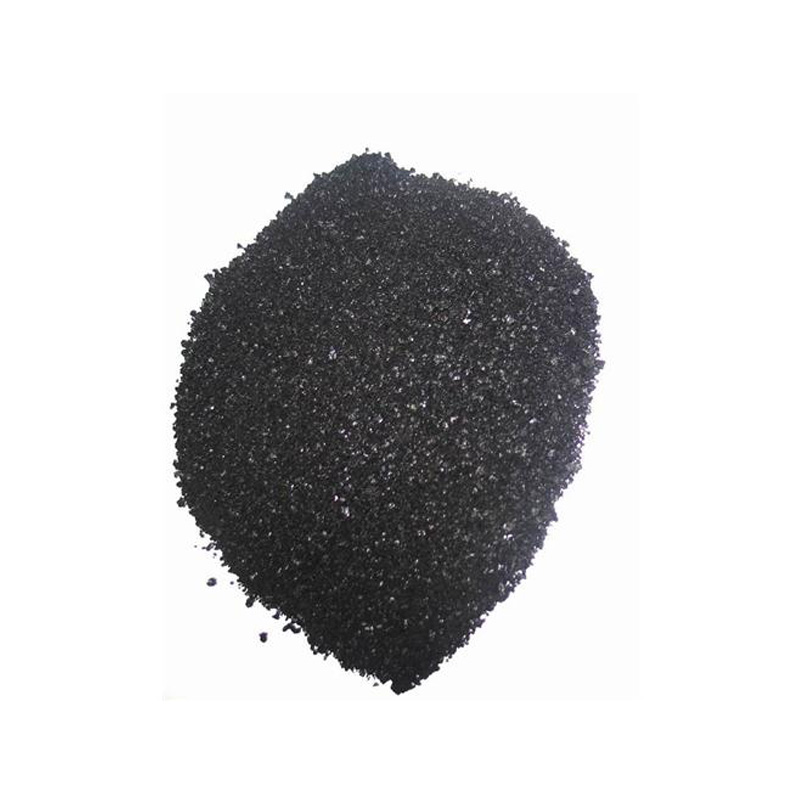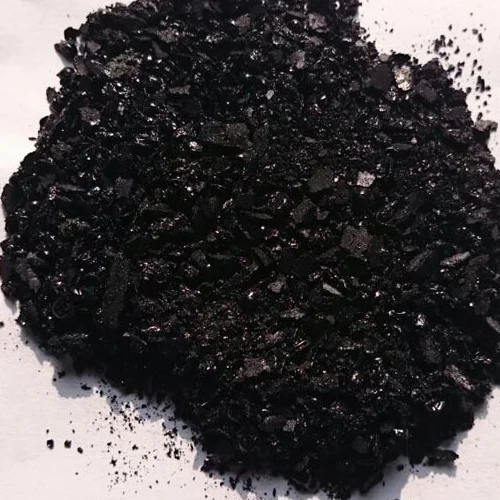china natural indigo color


In the realm of credibility, brands incorporating Chinese natural indigo into their lines often partner directly with local artisans, ensuring fair trade and contributing to the economic vitality of rural communities. This partnership not only uplifts the craftsmanship of these indigenous groups but also assures consumers of the authenticity and ethical production of their garments. Navigating this unique space of artisanal and sustainable fashion, several designers have pushed the boundaries of how natural indigo can be utilized in contemporary designs. From high-fashion runways to everyday wear, the adaptability of indigo allows designers to innovate while honoring traditional methods. The deep-blue hues derived from Chinese indigo can be seen gracing everything from denim jeans to elegant silk scarves, offering a versatile palette that complements various styles and demographics. For consumers and retailers alike, engaging with China’s natural indigo dye is not just a nod to sustainability and tradition — it represents a commitment to quality, ethical craftsmanship, and environmental stewardship. As the fashion industry continues to evolve, the indelible mark of natural indigo will likely grow ever more prominent, proving that time-tested techniques and modern innovation can coexist harmoniously. In conclusion, China's natural indigo offers a compelling blend of heritage, sustainability, and fashion-forward utility. As trends shift towards more mindful consumption, the story of natural indigo presents a blueprint for how ancient practices can meet contemporary needs, forming a sustainable and vibrant future for textiles.
-
The Timeless Art of Denim Indigo Dye
NewsJul.01,2025
-
The Rise of Sulfur Dyed Denim
NewsJul.01,2025
-
The Rich Revival of the Best Indigo Dye
NewsJul.01,2025
-
The Enduring Strength of Sulphur Black
NewsJul.01,2025
-
The Ancient Art of Chinese Indigo Dye
NewsJul.01,2025
-
Industry Power of Indigo
NewsJul.01,2025
-
Black Sulfur is Leading the Next Wave
NewsJul.01,2025

Sulphur Black
1.Name: sulphur black; Sulfur Black; Sulphur Black 1;
2.Structure formula:
3.Molecule formula: C6H4N2O5
4.CAS No.: 1326-82-5
5.HS code: 32041911
6.Product specification:Appearance:black phosphorus flakes; black liquid

Bromo Indigo; Vat Bromo-Indigo; C.I.Vat Blue 5
1.Name: Bromo indigo; Vat bromo-indigo; C.I.Vat blue 5;
2.Structure formula:
3.Molecule formula: C16H6Br4N2O2
4.CAS No.: 2475-31-2
5.HS code: 3204151000 6.Major usage and instruction: Be mainly used to dye cotton fabrics.

Indigo Blue Vat Blue
1.Name: indigo blue,vat blue 1,
2.Structure formula:
3.Molecule formula: C16H10N2O2
4.. CAS No.: 482-89-3
5.Molecule weight: 262.62
6.HS code: 3204151000
7.Major usage and instruction: Be mainly used to dye cotton fabrics.

